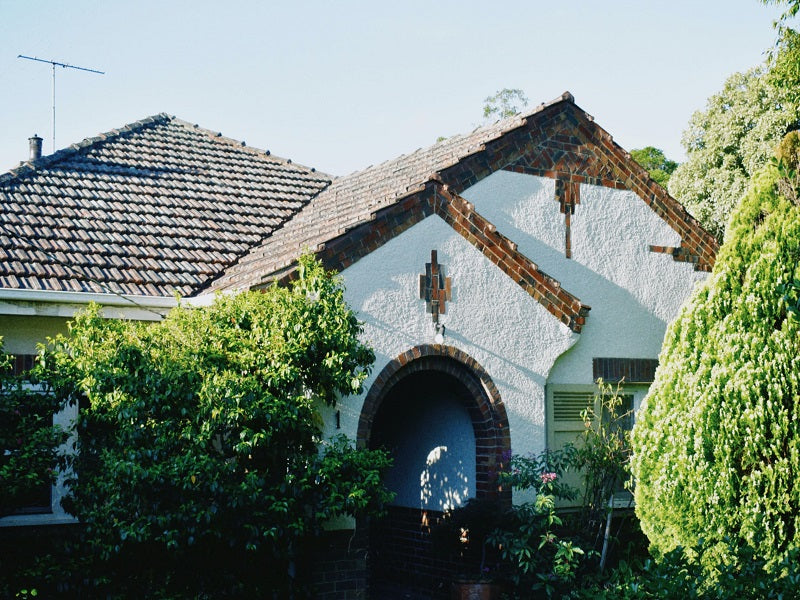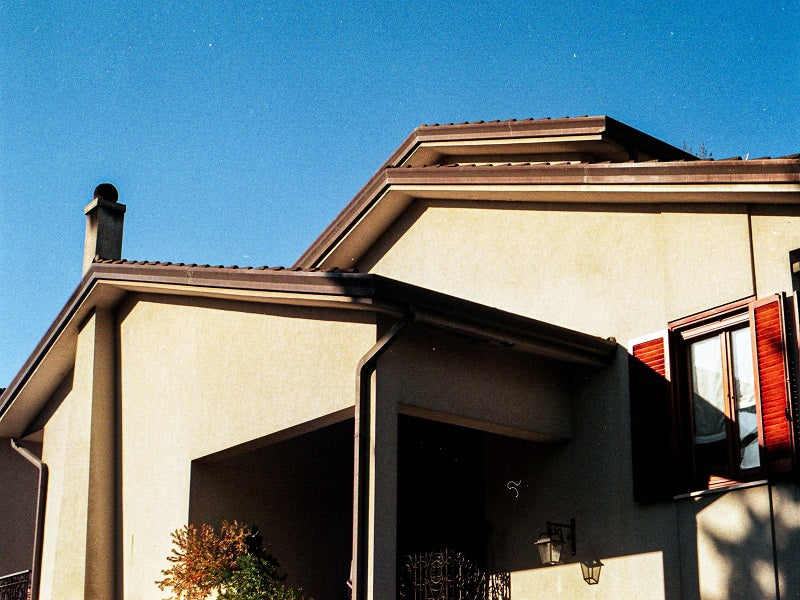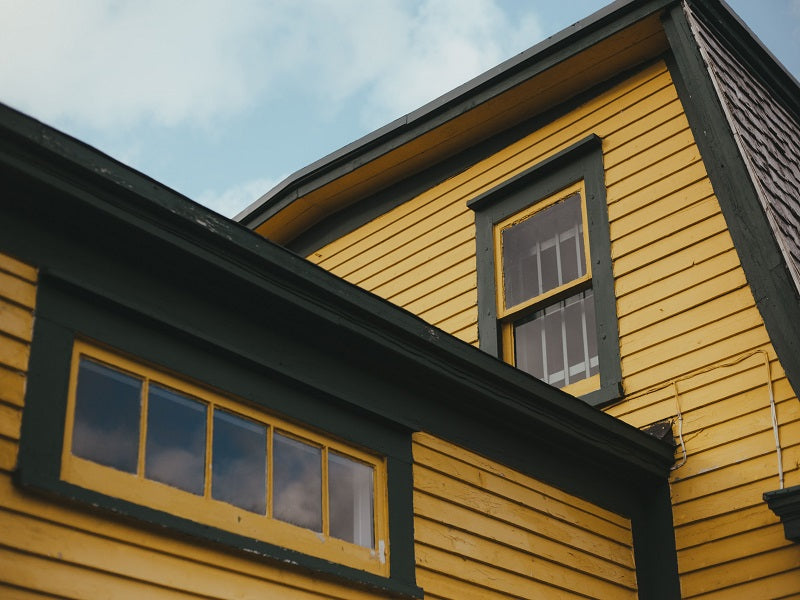Are Gutters Required by Codes? Updated Guide
Here you can explore are gutters required by codes and uncover the alternative options for protecting your home from water damage.
“Are gutters and downspouts required by code?” is a prevalent question among homeowners. Gutters have a purpose: they move water away from your home's foundation, but are they required? Most construction standards do not need gutters, yet they can still serve a role in your home. Depending on where you live and the roofing material you have on your house, the correct gutter system may assist in guarding against water damage.
It is important to determine if gutter installation is covered by the city or town where you live. In terms of norms and regulations, each location may differ. Furthermore, some states do not compel towns to follow any precise gutter installation or gutter code requirements.
International Building Code - Roof Drainage Codes
The IBC states in Section 1502: "Design and installation of roof water drainage systems must comply with Article 1502 of this code."
The IBC makes just a few comments about gutters, indicating that gutters should be built of non-combustible material or material certified by the building authority. Furthermore, the IBC emphasizes the significance of following the gutter slope code to guarantee proper drainage.
In some cases, municipal governments may need gutters even if the IBC and IRC do not. It's critical to check with your local building inspector's office about any gutter code changes in your area. Local governments may have stricter regulations than the IBC or IRC.
Because many homeowners need more gutters and downspouts for a suitable drainage system, a lack of gutters and downspouts creates significant water damage to buildings and landscapes. Rainwater from roofs is required by law in certain locations to be directed away from properties through gutters and downspouts.
Are Gutters Required For New Construction?
Gutters and downspouts on new construction must match the roofing slope. In case you have a flat roof, your gutters will only drain correctly if they are slanted in some way to facilitate water movement. If your new home contains gutters, you'll need to fulfill some installation standards.
Gutter regulations for new house construction exist. Guttering, for example, should drain water at least 4-6 feet (1.2-1.8 meters) and ideally 10 feet (3 meters) away from the house. Downspouts should be spaced at least 20 feet (6 meters) apart but no more than 50 feet (15.2 meters).
Gutter Installation Vs. Other Options
Gutters are not the sole option for directing rainwater away from a structure. If you want to build a rainwater drainage system on your own, there are several tutorials available that will walk you through the various approaches and installation procedures.
Metal downspouts and gutters are normally less expensive than plastic or vinyl alternatives. Still, they may need to be updated every decade or so based on your area's average solar exposure. Installing plastic or metal gutters will allow them to survive for decades before needing to be replaced.
The homeowners must consider the minimum slope for gutters for efficient and proper water drainage. Although gutters can drain rainwater away from your driveway and walkways, most towns and homeowners' organizations (HOAs) need you to channel drainage away from paved areas with planted alternatives such as rain gardens or bios-wales.
Although gutters can drain rainwater away from your driveway and walkways, most towns and homeowners' organizations (HOAs) need you to channel drainage away from paved areas with planted alternatives such as rain gardens or bios-wales.
What Alternatives To Gutters Do Builders Use?
According to code inspectors, different techniques of roof drainage can be used instead of traditional gutters. Some contractors have resorted to internally draining the roofs by installing pipe chases at the gable ends.
As an alternative to gutters, builders often employ longer overhangs, concrete perimeters, and different sloping solutions. Each strategy prevents water from pooling near the home's foundation.
Other constructors have gone above and beyond by including curbs around the outer edges of their roofs, which may redirect water away from houses via a network of linked splash blocks.
Longer Roof Overhangs
Longer roof overhangs direct rain away from the foundation of the house. A minimum of 12 inches (30.5 cm) beyond the external wall is recommended, allowing water to fall freely after falling far enough away from the home.
Roof pitches commonly range from 2:12 (2 inches or five centimeters of rise for every 12 inches or 30.5 cm of run) to 4:12 (10:30.5 centimeters), with the pitch rising closer to the edge of a structure.
Sloping Techniques
Builders have begun to use sloping strategies by modifying their base designs as well as their roofing procedures. The practice of sloping and grading the environment surrounding a new house site has long been a component of the process.
You can boost the amount of surface area that water has for going downwards after striking steeper roof angles by modifying the standard design to slope away from the building rather than towards it.
Concrete Boundaries
When a home lacks a roofline or skirt along its lowest elevation, builders may opt for concrete perimeter foundations instead of gutters. The addition acts as a barrier to natural drainage, ensuring that precipitation drains swiftly and does not pool in any one spot.
Curbs on flat roofs are particularly useful because they force water to disappear from the building at ever-decreasing angles—a tactic utilized in conjunction with the "French Drain" principle.
Builders use concrete perimeters to form a rim along the top of the home that is higher than any quantity of water can travel. This permits water to run off into the gutters. Furthermore, even when there is no rain, these characteristics can give solar protection.
Conclusion
Gutters are commonly observed in many homes these days; they serve as water drainage for the roofing over both the first and second floors of the house. They accomplish this by collecting water and directing it down along spouts that divert it away from the base of your home, where it may be collected in outdoor sinks installed specifically for this purpose.
Guttering your property isn't required by code, but it might be the simplest answer to any possible drainage problem.




Leave a comment
This site is protected by hCaptcha and the hCaptcha Privacy Policy and Terms of Service apply.